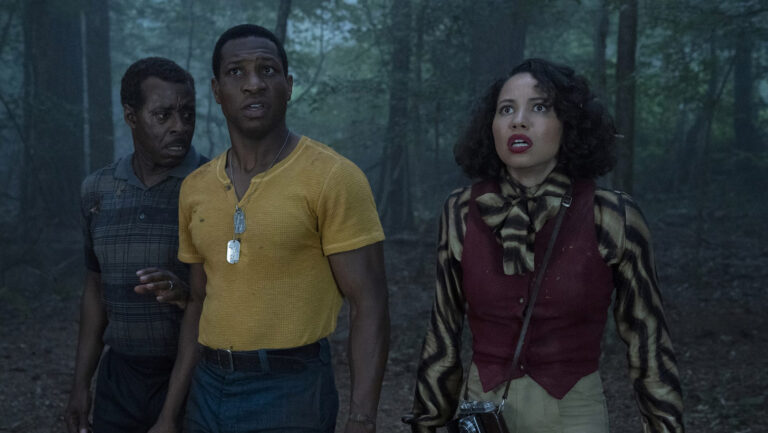Film Review: Gaspar Noé’s Enter The Void Is Sorta Like If Trainspotting And The End Of 2001: A Space Odyssey Had A Baby
Sex And Death Make For The Ultimate Trip In Gaspar Noé’s Eye-Bending Flight Of Fancy


but the view is nice.



